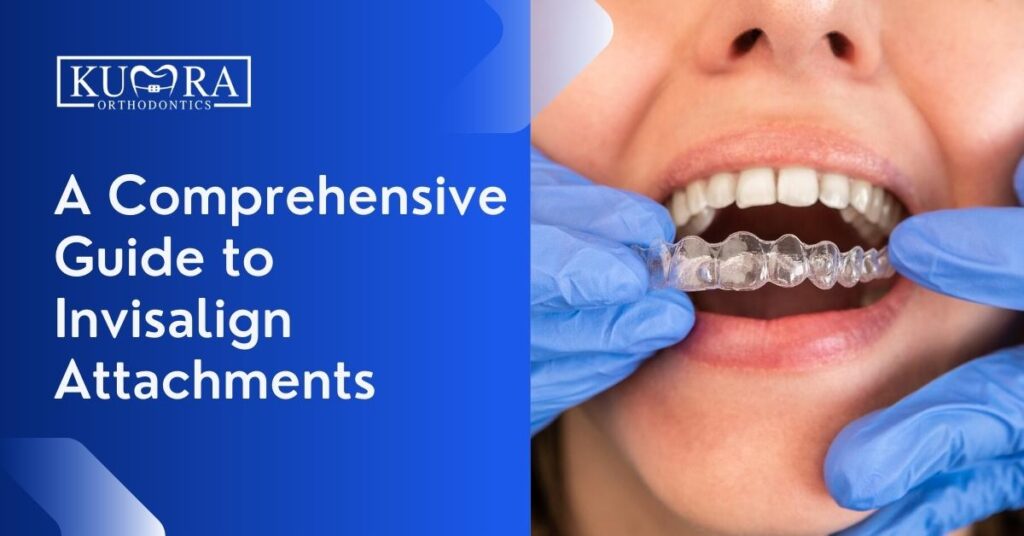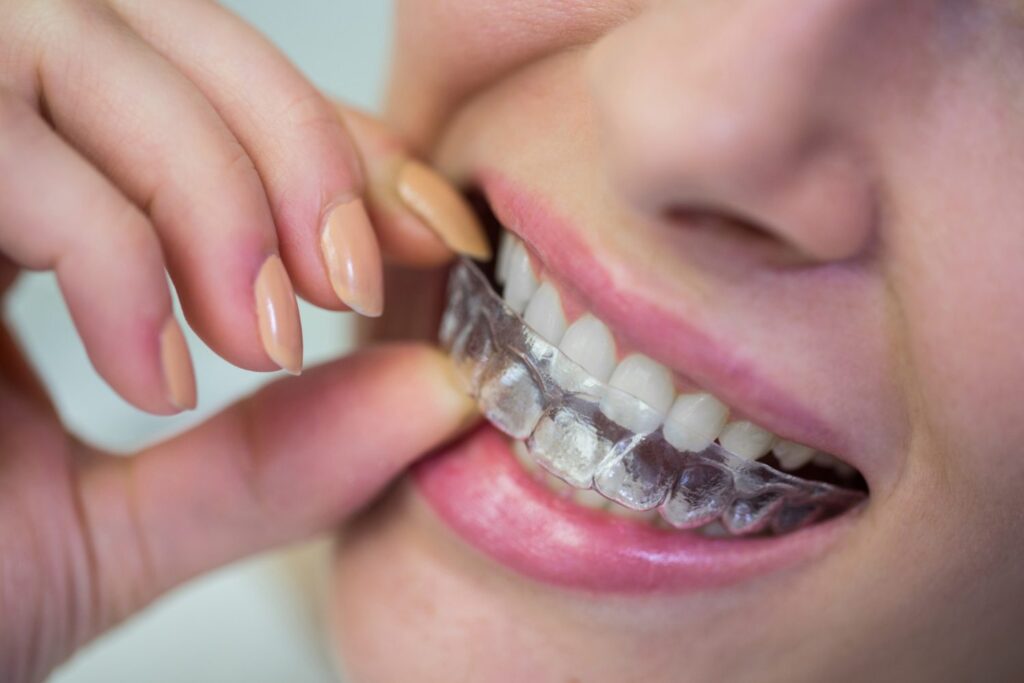The Cost of Invisalign: Comprehending the Investment in Your Smile
The Cost of Invisalign: Comprehending the Investment in Your Smile
Blog Article
Invisalign vs. Typical Braces: Which Choice Is Right for You?
When thinking about orthodontic treatment, the selection between Invisalign and typical dental braces presents numerous crucial factors that warrant mindful evaluation. Invisalign uses a discreet choice with removable aligners, while traditional braces supply an extra noticeable yet effective option for serious misalignment. Each choice encompasses distinct benefits and downsides connected to aesthetics, convenience, therapy period, and cost. Comprehending these nuances is critical for making a notified decision that lines up with your personal preferences and way of life. The inquiry remains: which choice will best satisfy your orthodontic needs and expectations?
Overview of Treatment Options

On the other hand, typical dental braces are composed of steel brackets and wires that are bound to the teeth. This technique applies continuous stress with time to accomplish placement. While effective for complicated orthodontic problems, traditional dental braces need regular check outs for modifications and can posture challenges in keeping oral hygiene due to the difficulty of cleaning about wires and braces.
Both alternatives have their advantages, and the option typically depends upon details oral problems, way of life preferences, and individual conformity. Inevitably, speaking with an orthodontic professional is essential for establishing the most suitable treatment strategy customized to private requirements. Recognizing the subtleties of each choice can considerably influence the general success of orthodontic treatment.
Aesthetic Considerations
A considerable aspect influencing the choice in between Invisalign and typical dental braces is the visual allure each therapy provides. Invisalign aligners are crafted from clear plastic, making them virtually invisible when put on.
In comparison, conventional dental braces include steel brackets and cables, which can be a lot more recognizable. While developments in orthodontic technology have brought about the growth of smaller sized braces and tinted elastics, typical braces still maintain a more obvious profile. For some people, the visibility of dental braces may hinder them from seeking required treatment.
Ultimately, the option in between Invisalign and typical dental braces may hinge on personal choices relating to aesthetics. Individuals that focus on discernment frequently lean toward Invisalign, while those that are much less concerned regarding presence may go with conventional braces. Comprehending the visual implications of each option is crucial for making an informed choice that lines up with one's lifestyle and preferences.
Comfort and Convenience

In regards to comfort, Invisalign aligners are removable, making it possible for people to appreciate their preferred foods without constraint and maintain optimum oral health. Brushing and flossing are simplified, as the aligners can be taken out during these regimens, whereas traditional braces require careful maneuvering around cords and braces.
In addition, Invisalign's progressive system enables fewer orthodontic brows through. Patients typically receive numerous collections of aligners simultaneously, which can improve the treatment procedure and minimize time spent in the orthodontist's chair. On the other hand, traditional dental braces require regular adjustments, making them much less practical for those with busy timetables. Invisalign. Generally, the comfort and convenience of Invisalign make it an appealing selection for numerous individuals looking for orthodontic treatment.
Therapy Period and Effectiveness
While both Invisalign and standard braces are reliable in dealing with oral imbalances, the period of therapy can differ dramatically between the 2 alternatives. Normally, Invisalign treatment can take anywhere from 12 to 18 months, relying on the complexity of the instance. The clear aligners work by slowly changing teeth into their preferred try this out placements, and regular follow-ups with an orthodontist help make sure progress remains on the right track.
In comparison, conventional dental braces usually require a longer commitment, normally varying from 18 months to 3 years. This is due to their fixed nature and using braces and cords, which can be much more efficient for complicated instances and extreme imbalances (Invisalign). The therapy effectiveness of conventional braces is well-documented, as they enable specific changes and greater control over tooth movement
Eventually, the selection in between Invisalign and typical dental braces may depend upon both the awaited therapy period and the specific oral problems at hand. Consulting with an orthodontist is vital, as they can give customized referrals based upon specific requirements, making certain the picked technique lines up with desired durations and end results.
Expense Comparison and Insurance Options
Cost plays a significant duty in the decision-making procedure for people taking into consideration orthodontic treatment, whether going with Invisalign or typical braces. Generally, the cost of Invisalign varieties from $3,000 to $8,000, while conventional braces typically set you back between $2,000 and $6,000. Factors affecting these expenses consist of the complexity of the situation, the duration of treatment, and geographical place.
Insurance policy coverage can significantly affect out-of-pocket expenditures. Many oral insurance policy plans provide partial protection for orthodontic therapies, yet my sources the specifics can differ commonly. It is crucial for clients to evaluate their insurance policy policies to figure out the degree of protection for either option. Usually, conventional dental braces might be more frequently covered by insurance coverage strategies contrasted to Invisalign, which some insurance companies categorize as an aesthetic procedure.
In addition, numerous orthodontic methods provide adaptable payment strategies, making both therapy choices a lot more accessible. Individuals must ask about potential financing alternatives and discount rates for in advance repayments. Examining the complete expense, including insurance coverage advantages and layaway plan, is important for making a notified choice that lines up with both aesthetic choices and budget plan considerations.

Conclusion
In recap, the selection in between Invisalign and standard dental braces rests on several variables, consisting of aesthetic preferences, convenience, treatment period, and cost. Invisalign supplies a discreet, detachable choice that promotes oral hygiene and dietary flexibility, while traditional braces may be better for intricate dental issues and frequently come with a lower cost factor. Inevitably, consultation with an orthodontist is necessary to examine private scenarios and establish the most ideal therapy choice for achieving optimal dental positioning.
When taking into consideration orthodontic therapy, the selection between Invisalign and traditional dental braces presents numerous vital factors that merit mindful assessment.Comparing Invisalign and standard braces reveals distinct treatment alternatives for orthodontic correction.While both Invisalign and conventional dental braces are reliable in remedying oral imbalances, the duration of treatment can vary considerably between the two alternatives.Expense plays a substantial role in the decision-making procedure for people thinking about orthodontic treatment, whether deciding for Invisalign or typical braces.In summary, the selection in between her comment is here Invisalign and standard braces pivots on several elements, including aesthetic choices, convenience, therapy period, and price.
Report this page